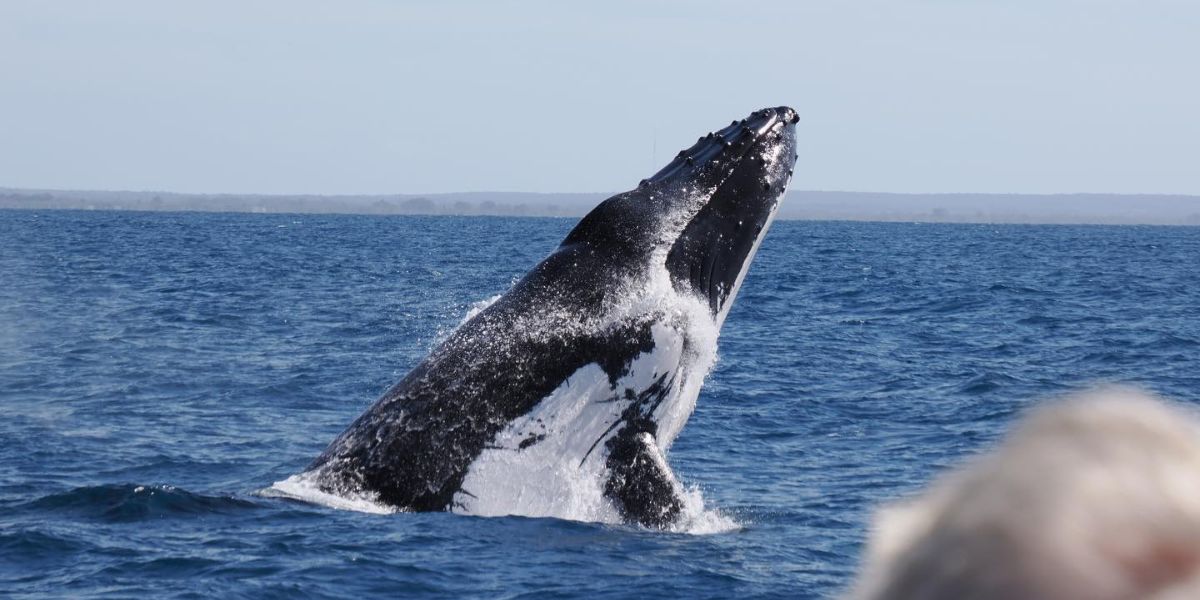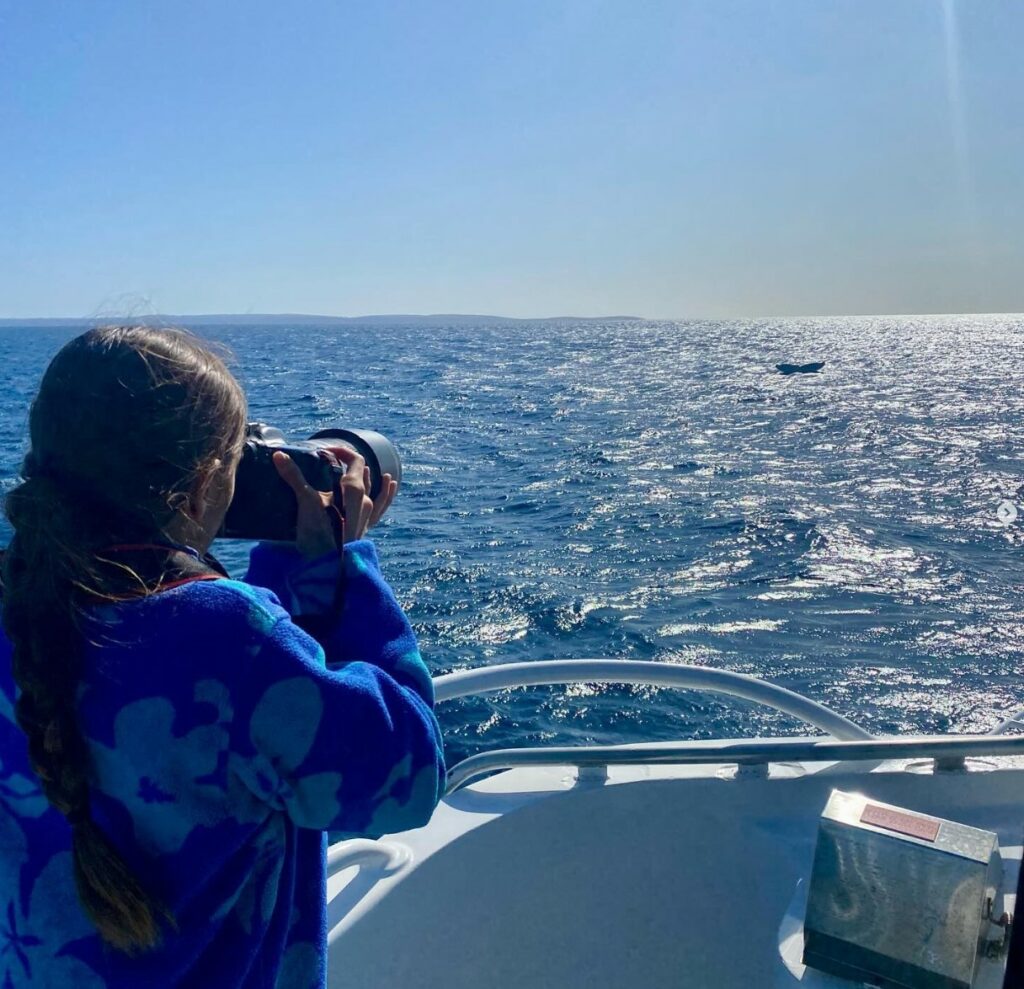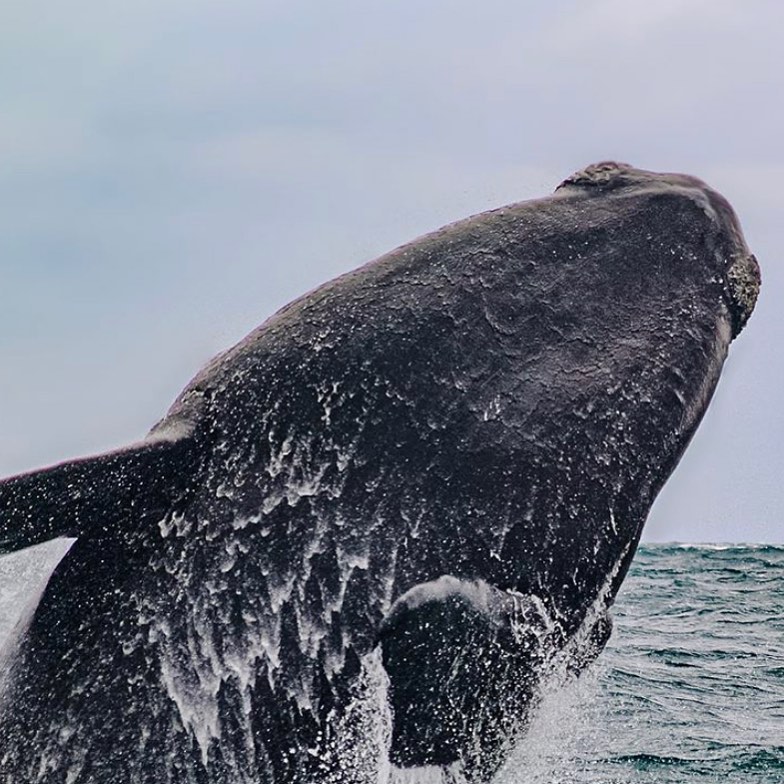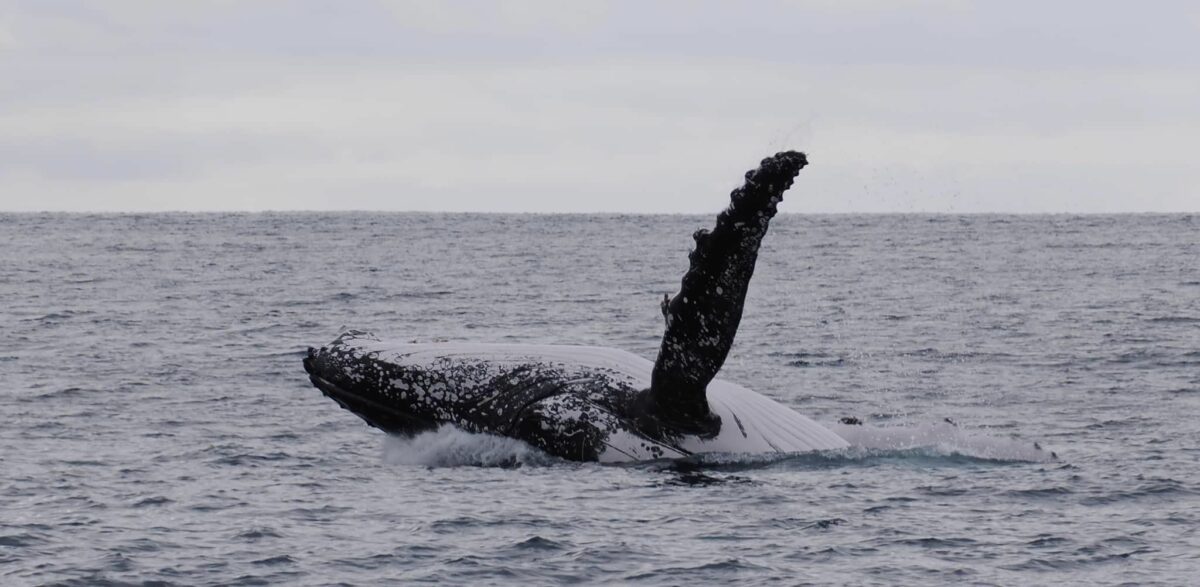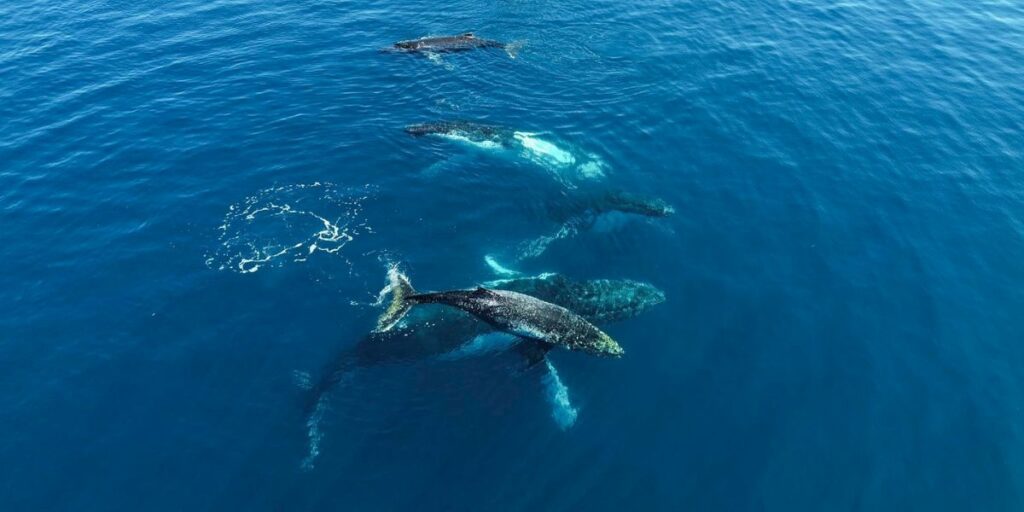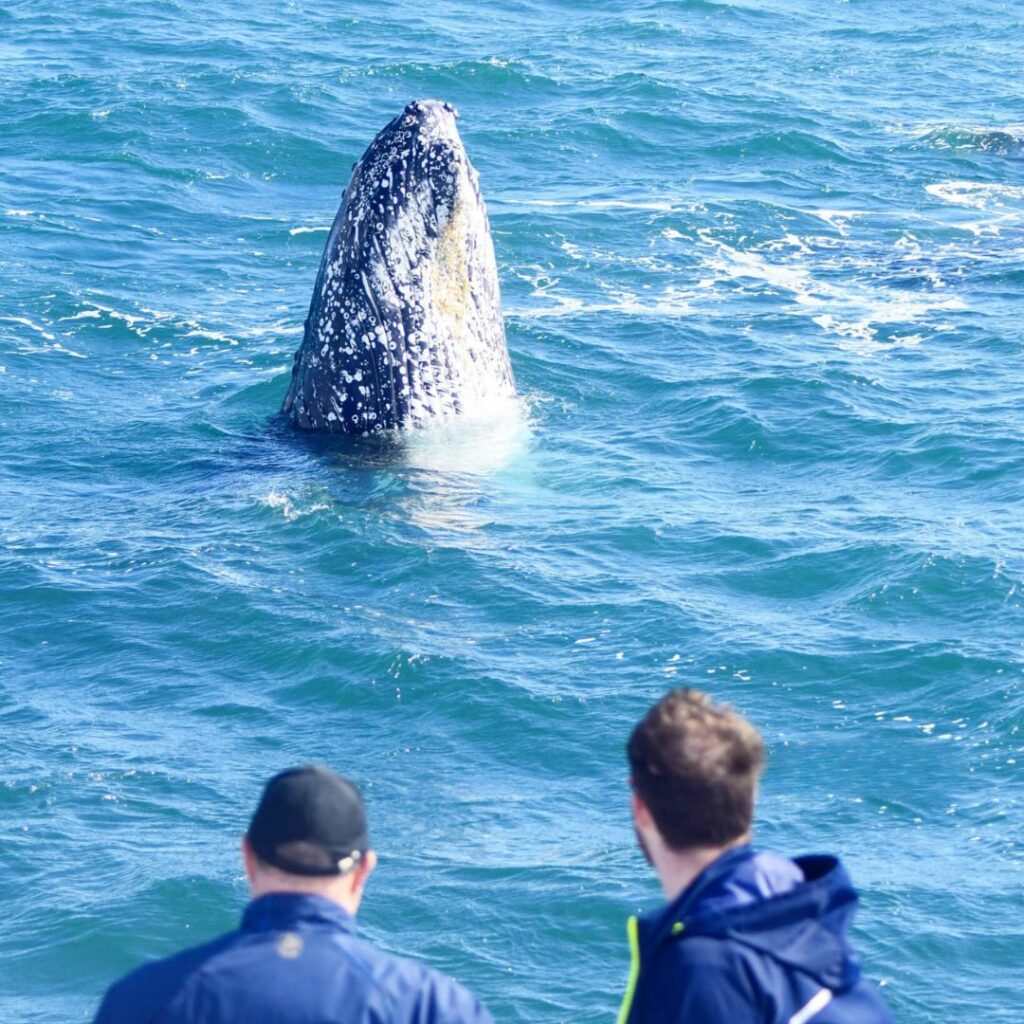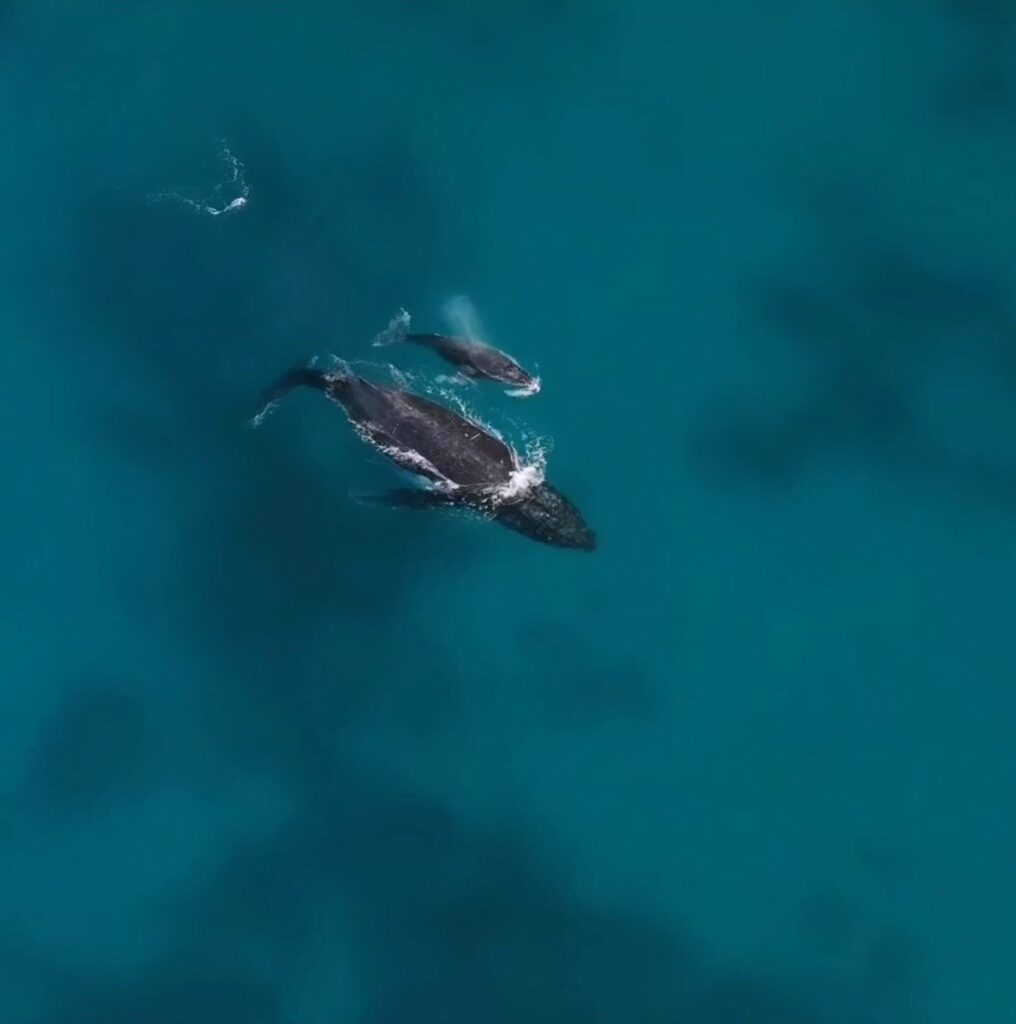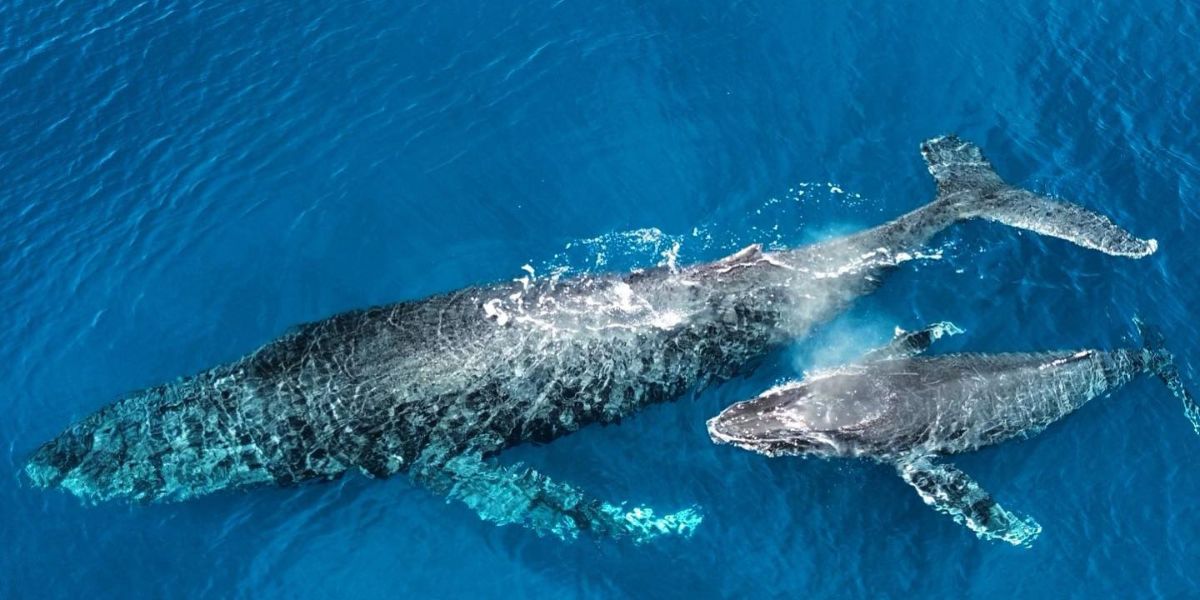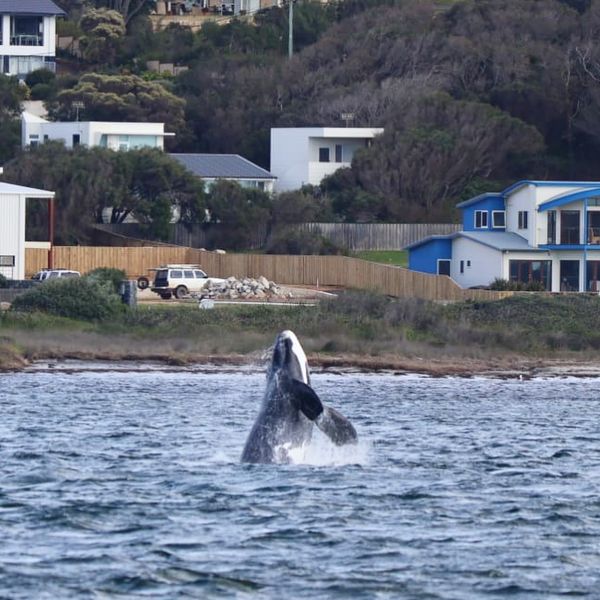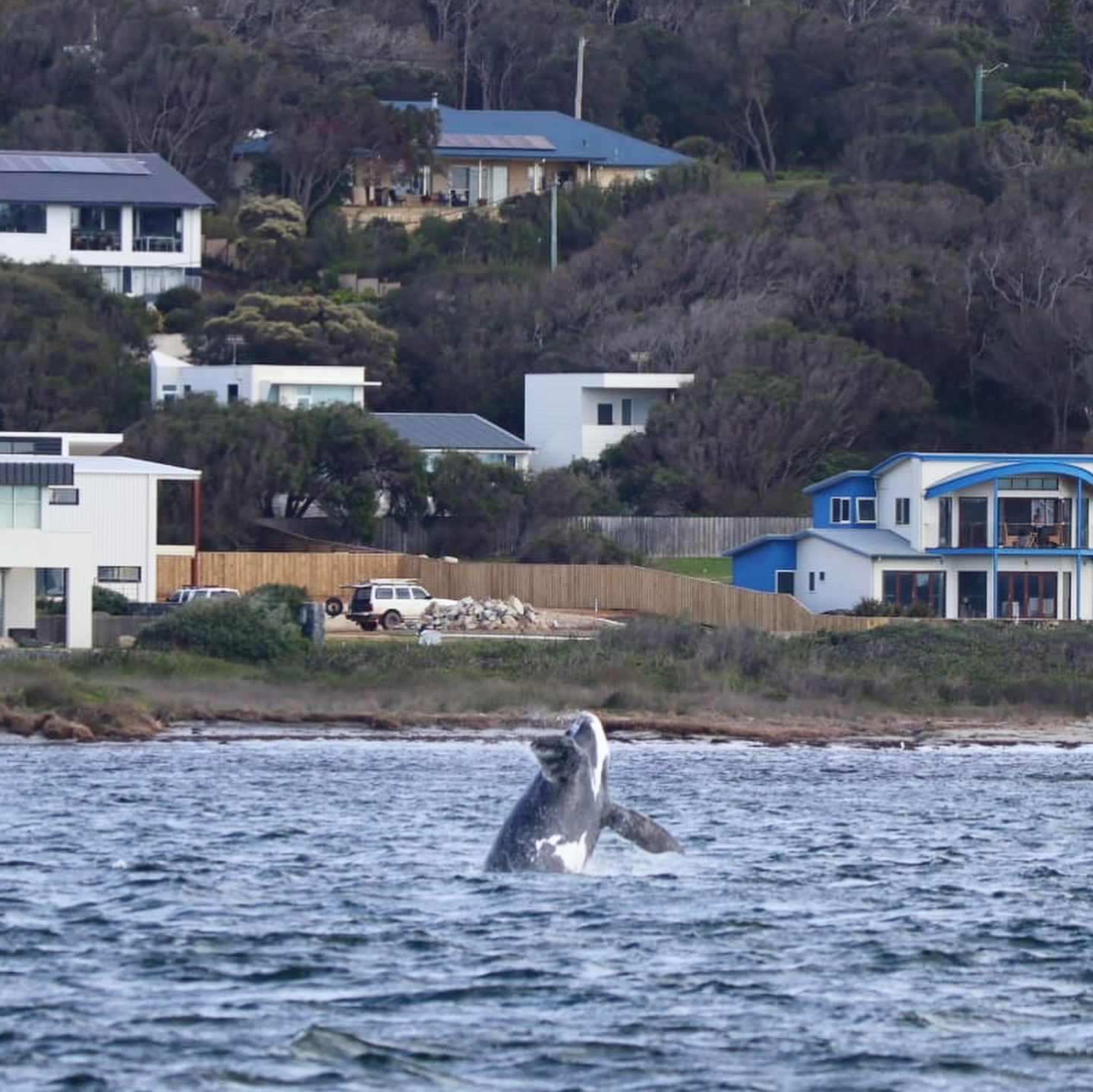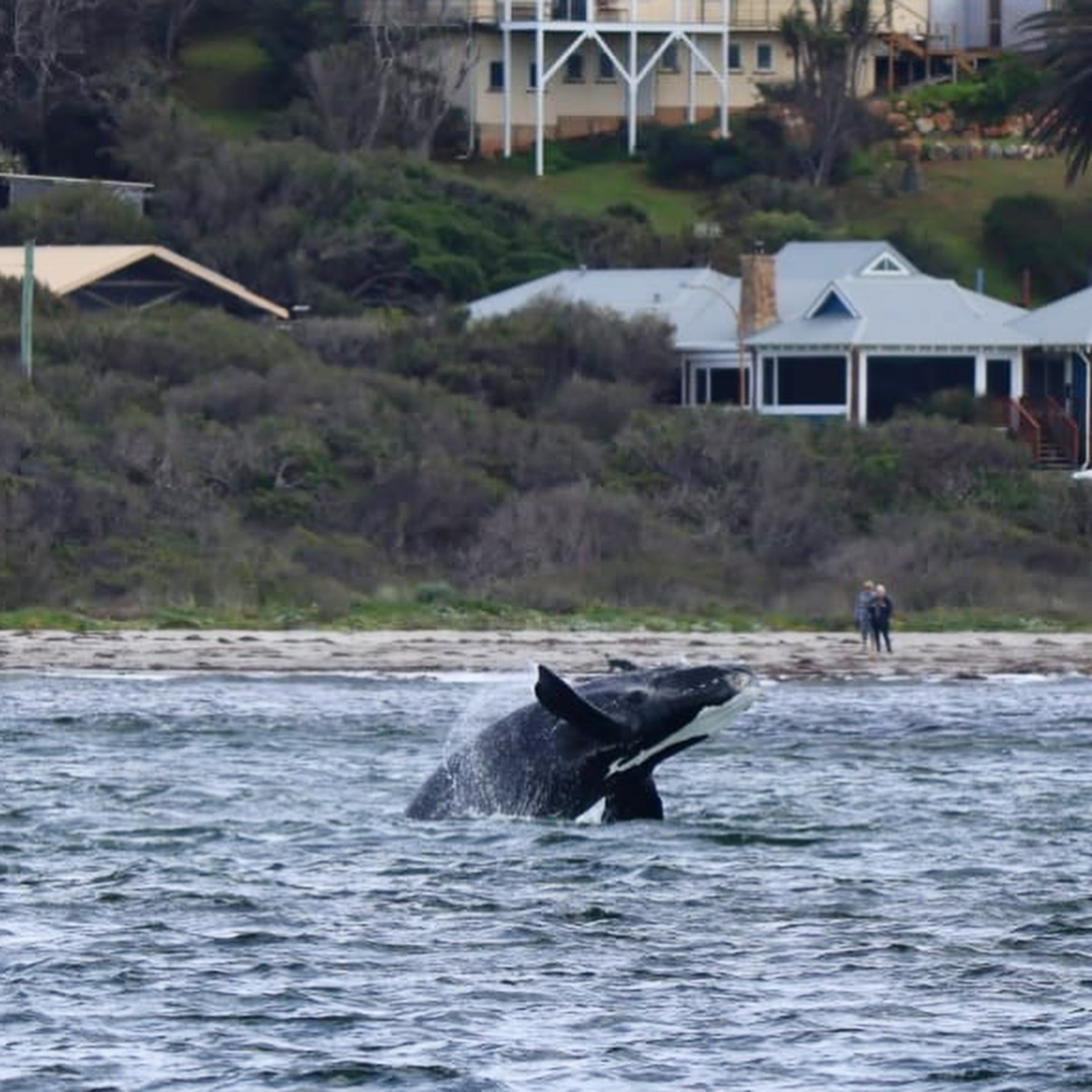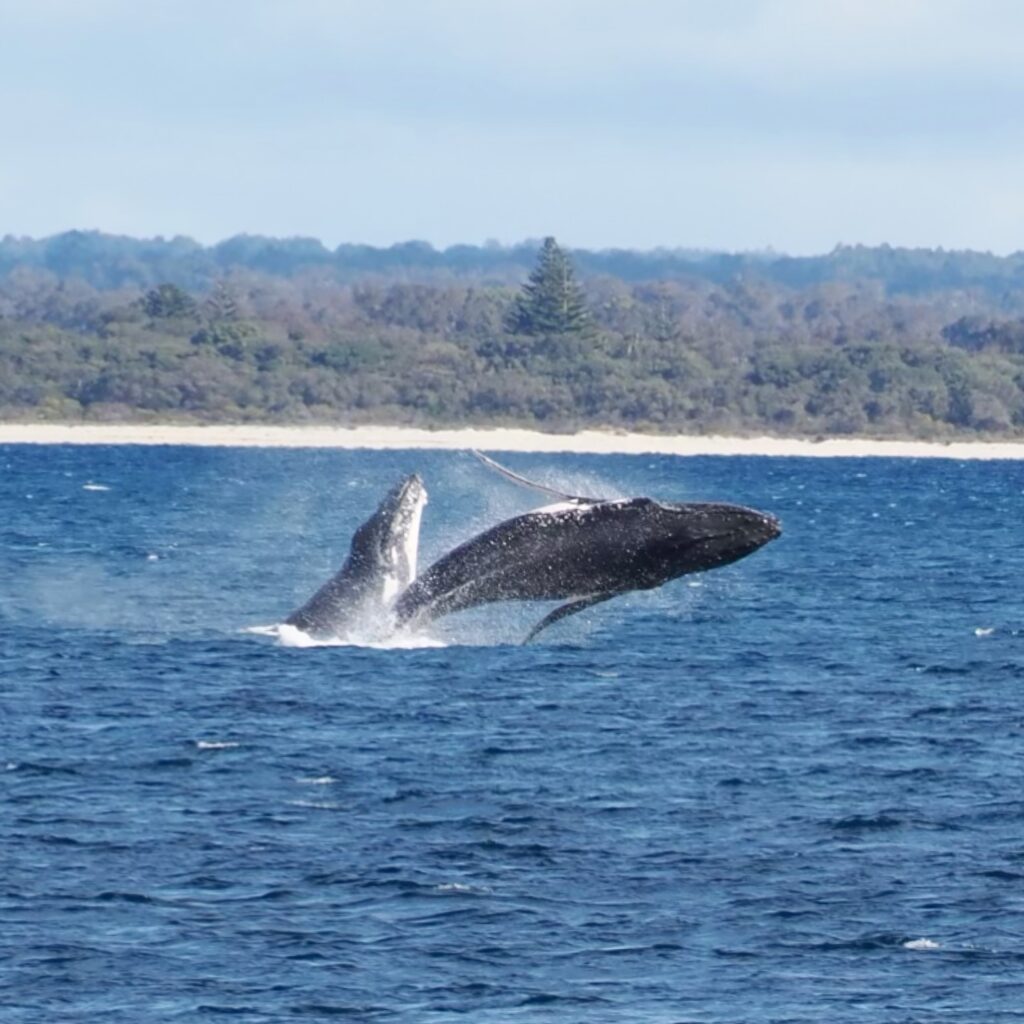This past week has been nothing short of spectacular for whale enthusiasts aboard All Sea Charters’ tours.
The waters off Western Australia’s coast have been teeming with activity, offering passengers a series of breath-taking encounters with these majestic marine mammals.
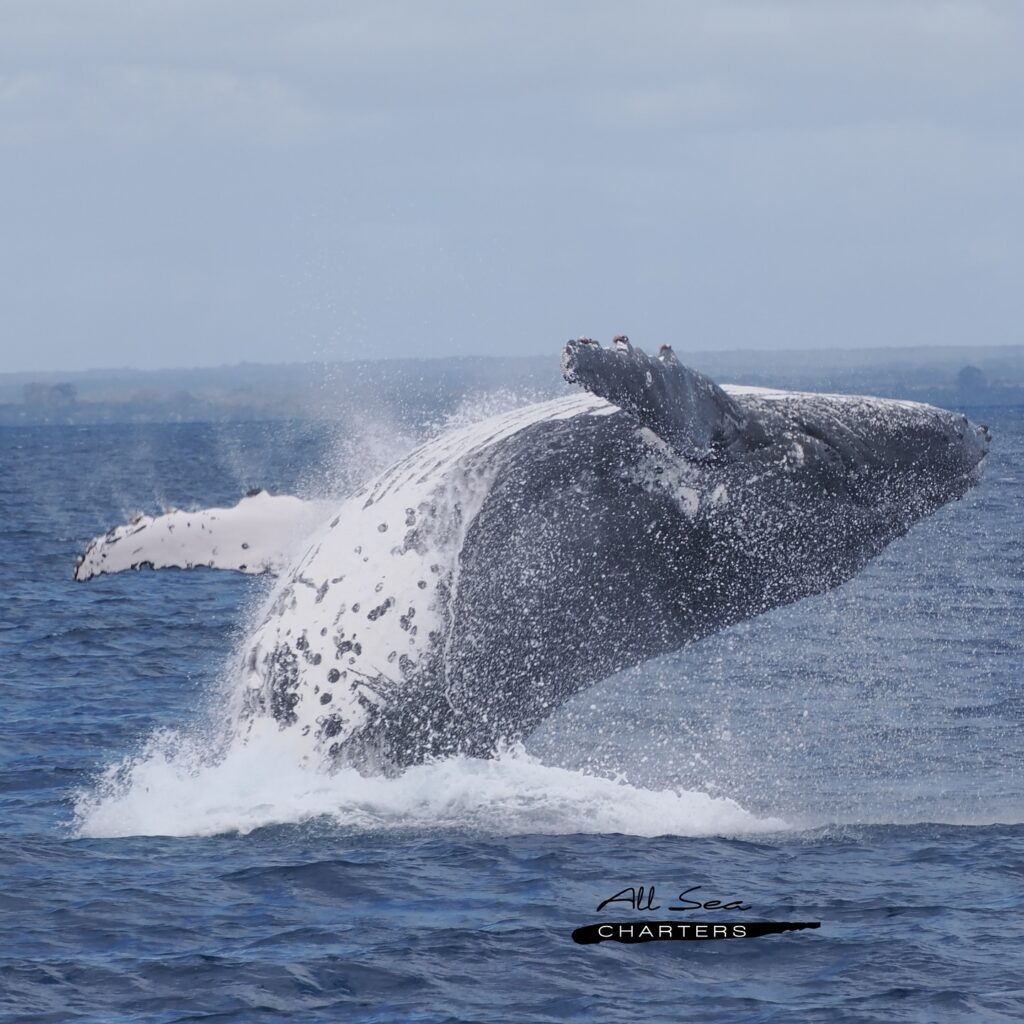
A Week of Wonders
The week kicked off with an abundance of whales, setting the tone for the incredible days to follow.
As the tours progressed, guests were treated to an array of awe-inspiring sights, from playful breaches to intimate moments with mothers and calves.
Diverse Whale Encounters
One of the highlights of the week was the sighting of blue whales, a rare and exciting occurrence that left passengers in awe.
The diversity of whale species and behaviours observed throughout the week showcased the rich marine life of the region.
Spectacular Displays
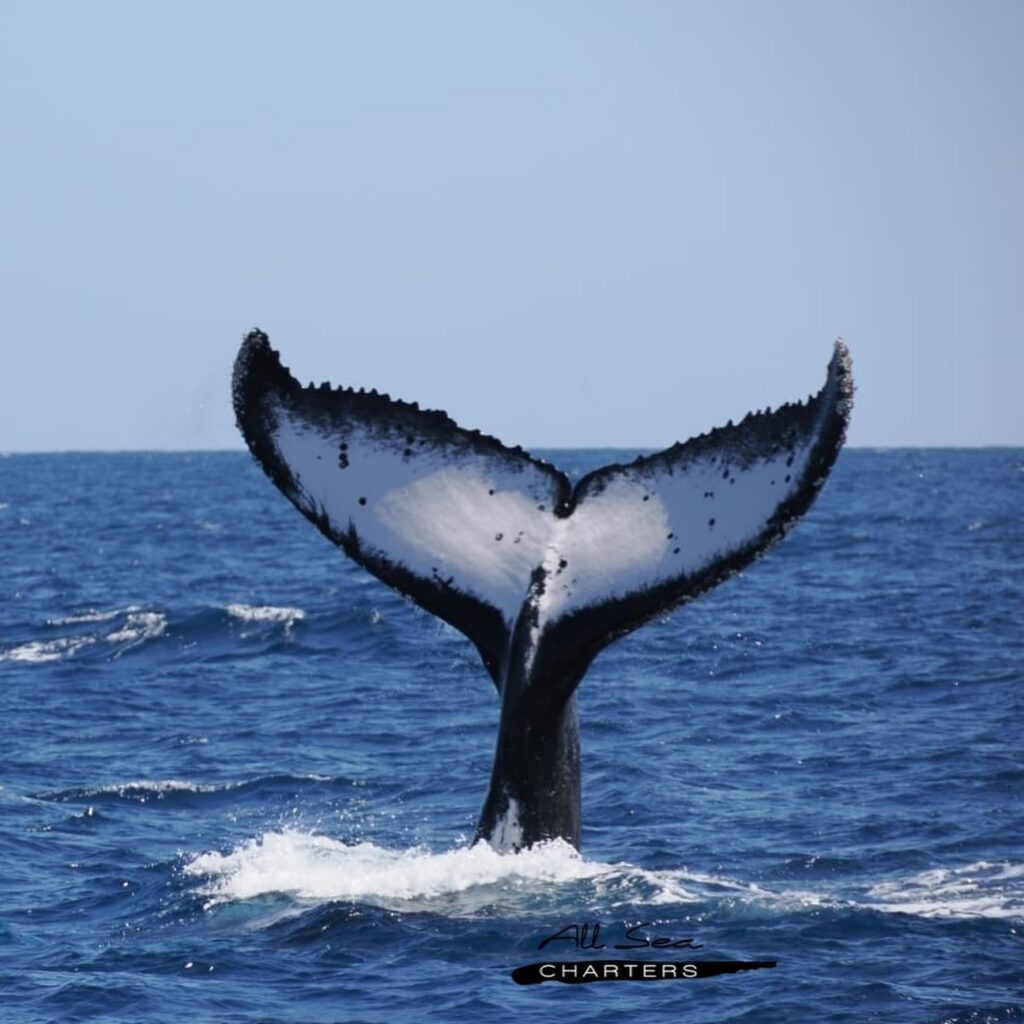
Guests were fortunate to witness a variety of whale behaviours, including:
- Breaching: Whales launching themselves out of the water in magnificent displays
- Tail throwing: Powerful slaps of whale tails on the water’s surface
- Pectoral slapping: Whales using their long pectoral fins to create dramatic splashes
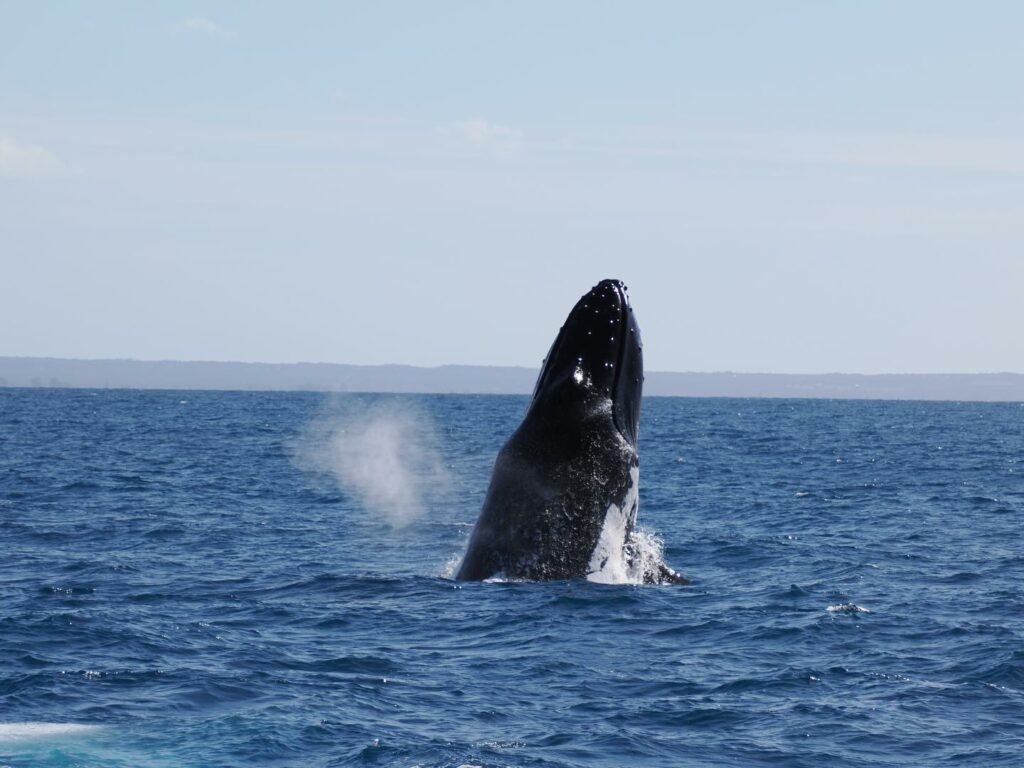
Intimate Encounters
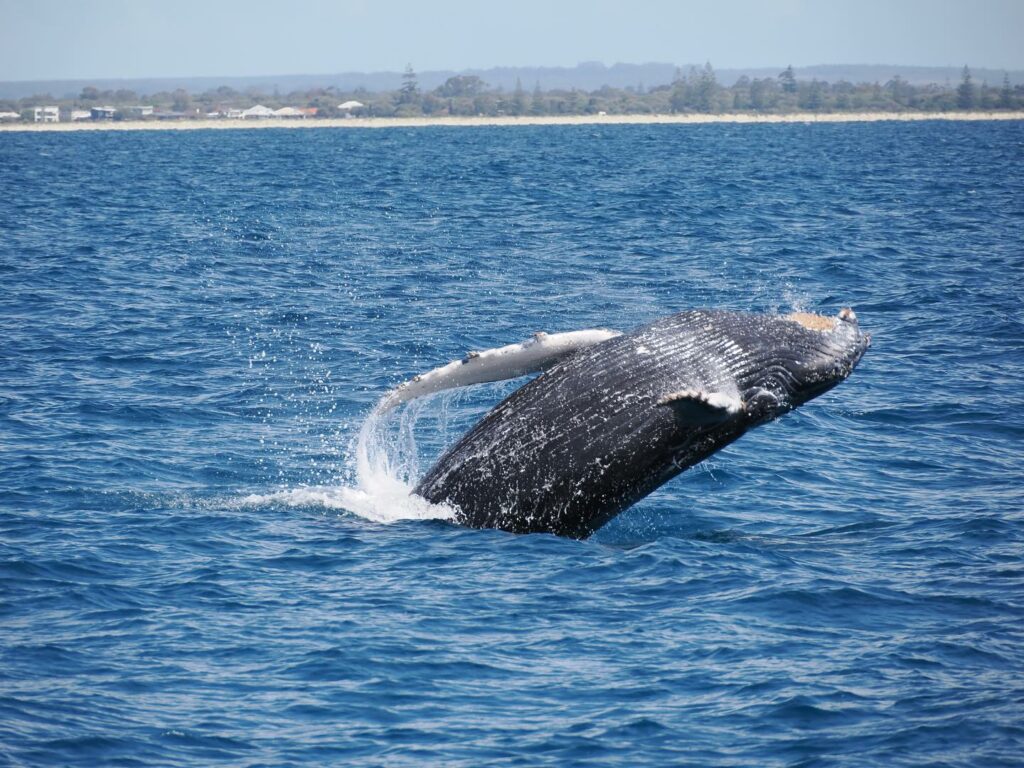
One particularly memorable tour featured two mother whales with their calves, engaging in a full range of captivating behaviours.
The two-hour encounter felt like mere minutes as passengers were mesmerised by the whales’ antics.
Listening to Humpback Communication
During this week’s tours, passengers had the opportunity to engage with Humpback whales by listening to their live communication via All Sea Charters’ onboard hydrophone.
One guest remarked on how “surreal” it felt to hear these majestic creatures vocalising, showcasing the power of technology in enhancing our connection to marine life.
Educational Insights
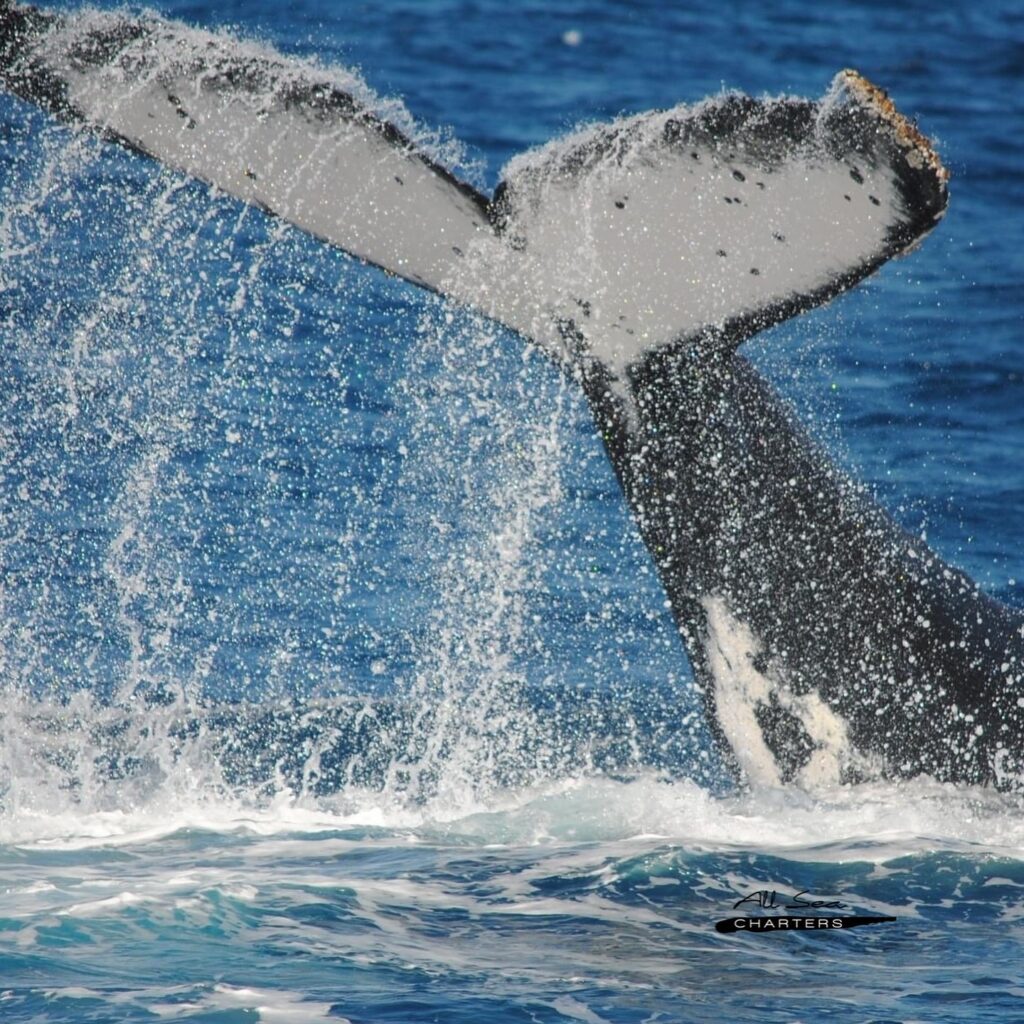
Throughout the week, guests learned fascinating facts about whale identification.
The unique patterns on the underside of humpback whale tails serve as nature’s fingerprints, allowing researchers to track individual whales.
Capturing Memories
The tours provided ample opportunities for photography, with many guests capturing stunning images of whale tails, breaches, and other behaviours to commemorate their experience.
Join Us for an Unforgettable Experience
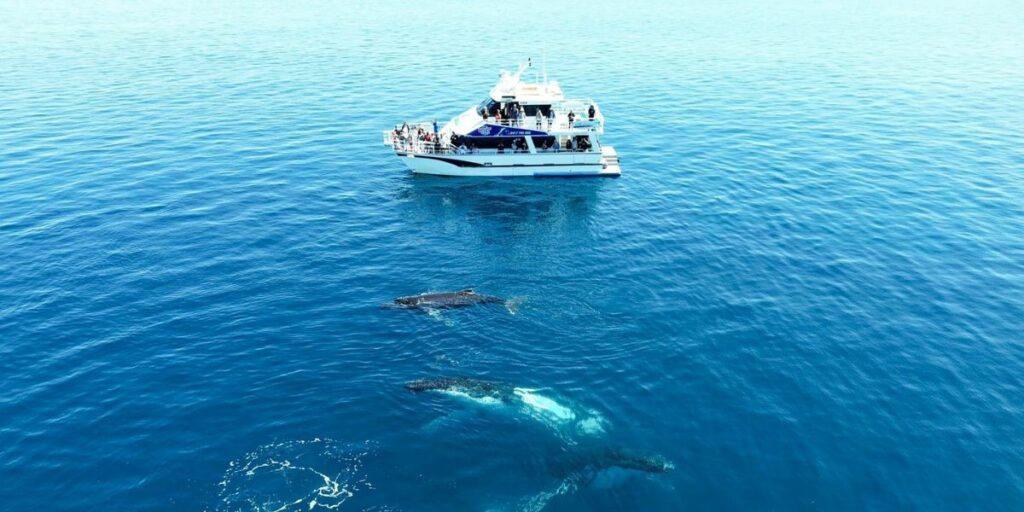
There’s no better way to witness the incredible whale migration journey than by joining All Sea Charters on one of our South-West Whale Watching Tours.
Whether you’re in Augusta during the early migration or in Busselton and Dunsborough as the whales return south, our experienced crew will ensure you have a memorable and educational experience.
Book your tour today and be part of this extraordinary natural phenomenon!

